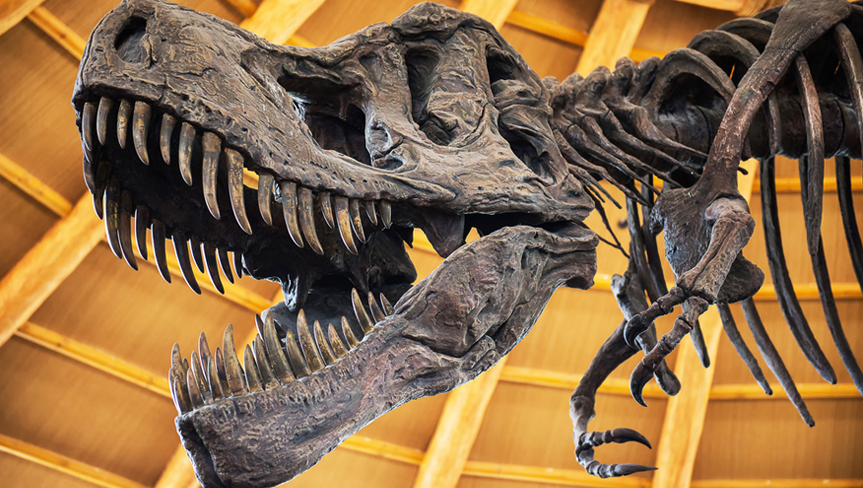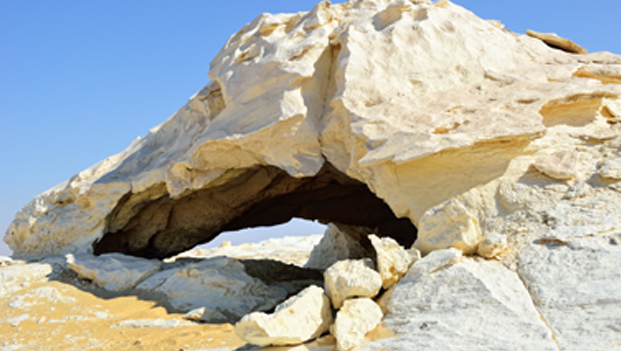8th February 2016
In the 1971 Test match series against the West Indies, the first day of the first test match was washed out due to rains. India batted first and it turned out that India led by more than 150 runs in the first innings and there was only one day left. So the captain of the Indian Team Ajit Wadekar went straight to the West Indies dressing room and asked Gary Sobers, the captain of the West Indian team, ‘Mr. Sobers would you like to bat?’ He looked surprised and asked Wadekar whether he was enforcing the follow-on, and if he knew the rules. There should be at least a 200-run deficit. Wadekar said, ‘Perhaps you forgot to read further. It also says that in a match, which has been curtailed by a day from the very beginning, the deficit has to be at least a hundred and fifty runs.’ Sober still sat there in a state of shock and asked again: ‘Are you sure?’
∼ Continue Reading ∼
• • •





